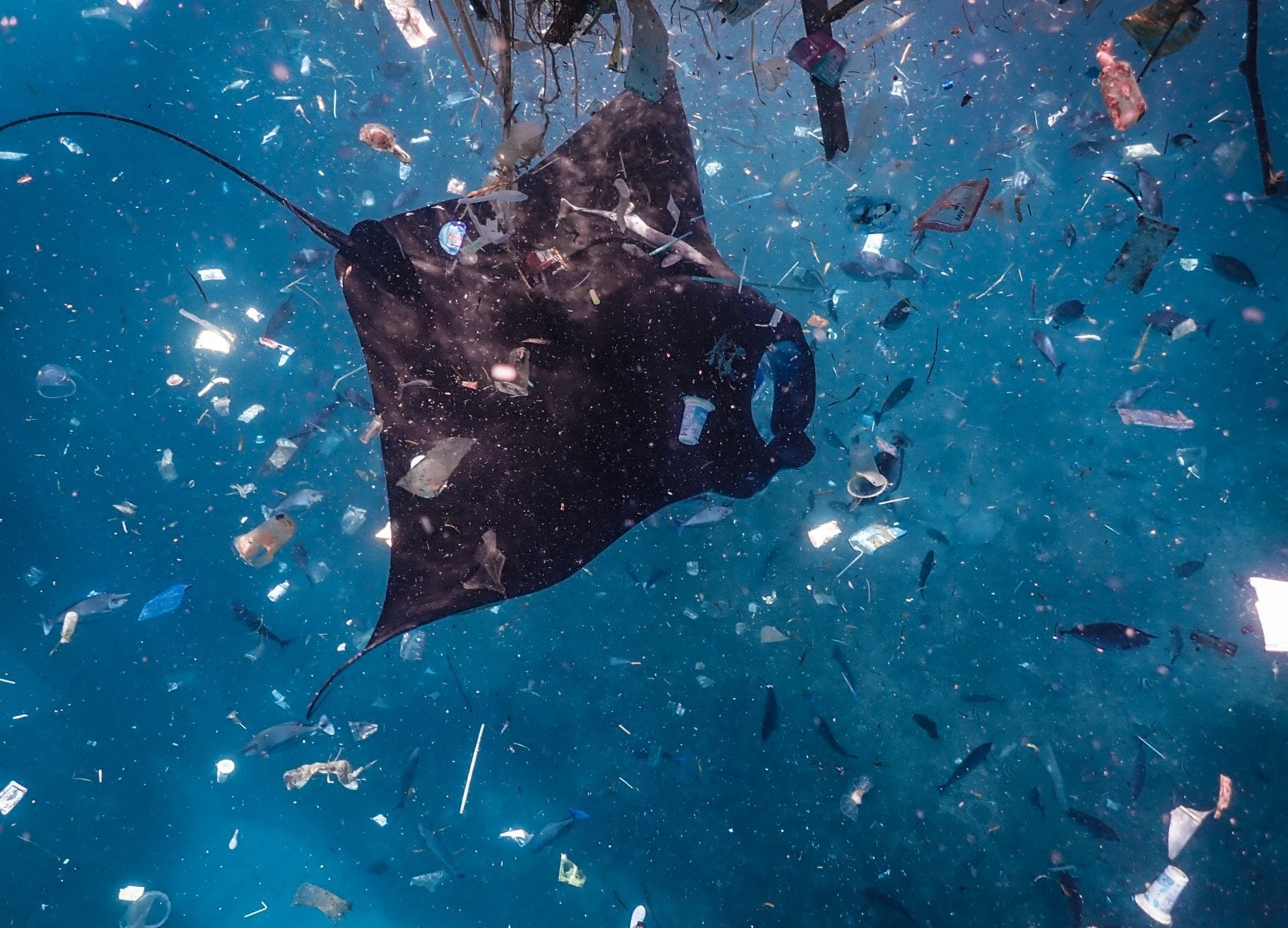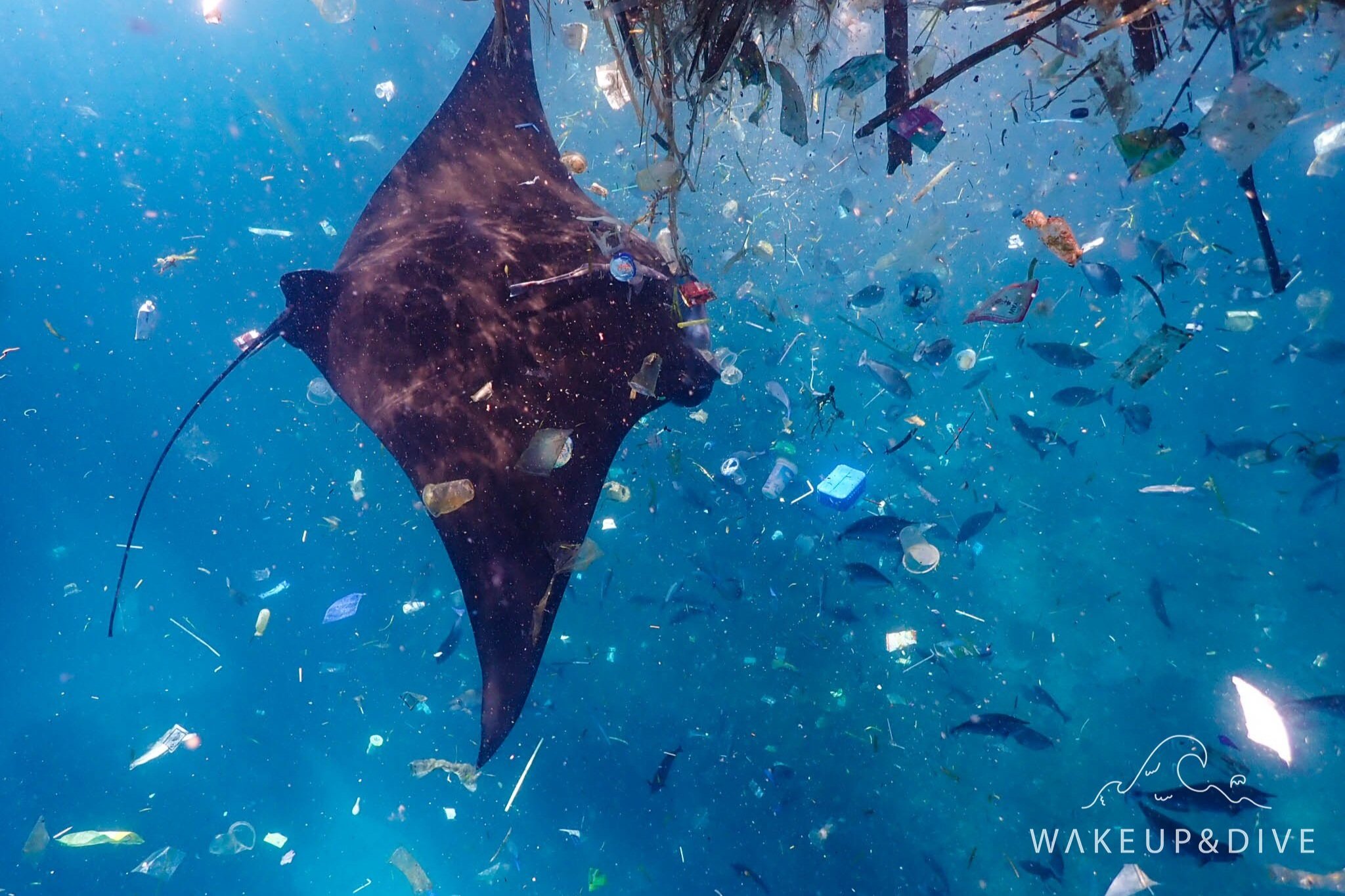
INDONESIAN
MARINE RESEARCH
PROJECTS
MMF has been partnering with Indonesian conservation organizations and higher learning institutions to conduct ground-breaking marine research across the Indonesian archipelago since 2012. Our team made important discoveries on manta ray movements, habitat use, social networks and identified key threats in the region, leading to the nationwide species fisheries ban.
In Indonesia, MMF pioneered research into the impacts of marine debris on manta rays and whale sharks and is continuing its with world-leading research on threatened marine species, specifically sharks, rays, and sea turtles.
MMF’s work in Indonesia.
Our main focal regions are some of Indonesia’s tourism meccas and critical manta ray aggregation areas: Nusa Penida Marine Protected Area, the Komodo National Park, Sangalaki Island, and Raja Ampat. A nation ranked as within the top three fisheries for mantas and other mobula rays as recently as 2013, these critical areas offer a ray of hope for population recovery within Indonesia.
We have authored over half a dozen peer-reviewed scientific papers on manta rays in Indonesia, all of which have been disseminated to the governments and marine area managers to help support ongoing marine conservation efforts.
Saving Ocean Giants
Our primary objective in Indonesia is to safeguard the globally significant marine megafauna populations, focus on key ocean problems in Indonesia, such as shark fisheries, marine debris, and responsible tourism practices. To accomplish this, we are filling critical ecological research gaps on manta rays and other threatened species and building scientific capacity within Indonesia to ensure solutions are long-lived.
Evidence-Based Conservation
We prioritize studies on pressing environmental issues. We focus our work on threat assessments, population monitoring to detect trends in abundance, and movement ecology to identify important habitats to safeguard. As we lack fundamental information on the biology and ecology of many threatened species, we also seek to fill these knowledge gaps through both field- and lab-based studies.
We understand that long-term conservation issues require long-term solutions. For this reason, we are invested in building local scientist capacity and providing training and research opportunities to Indonesian marine biologists. Since 2016, we have successfully run a joint marine science internship program partnering with Udayana University, Bali.
Continuing to build our conservation network and synergy with Indonesian research institutions, higher learning institutions, marine park managers, local governments and commercial partners is an ongoing aim.
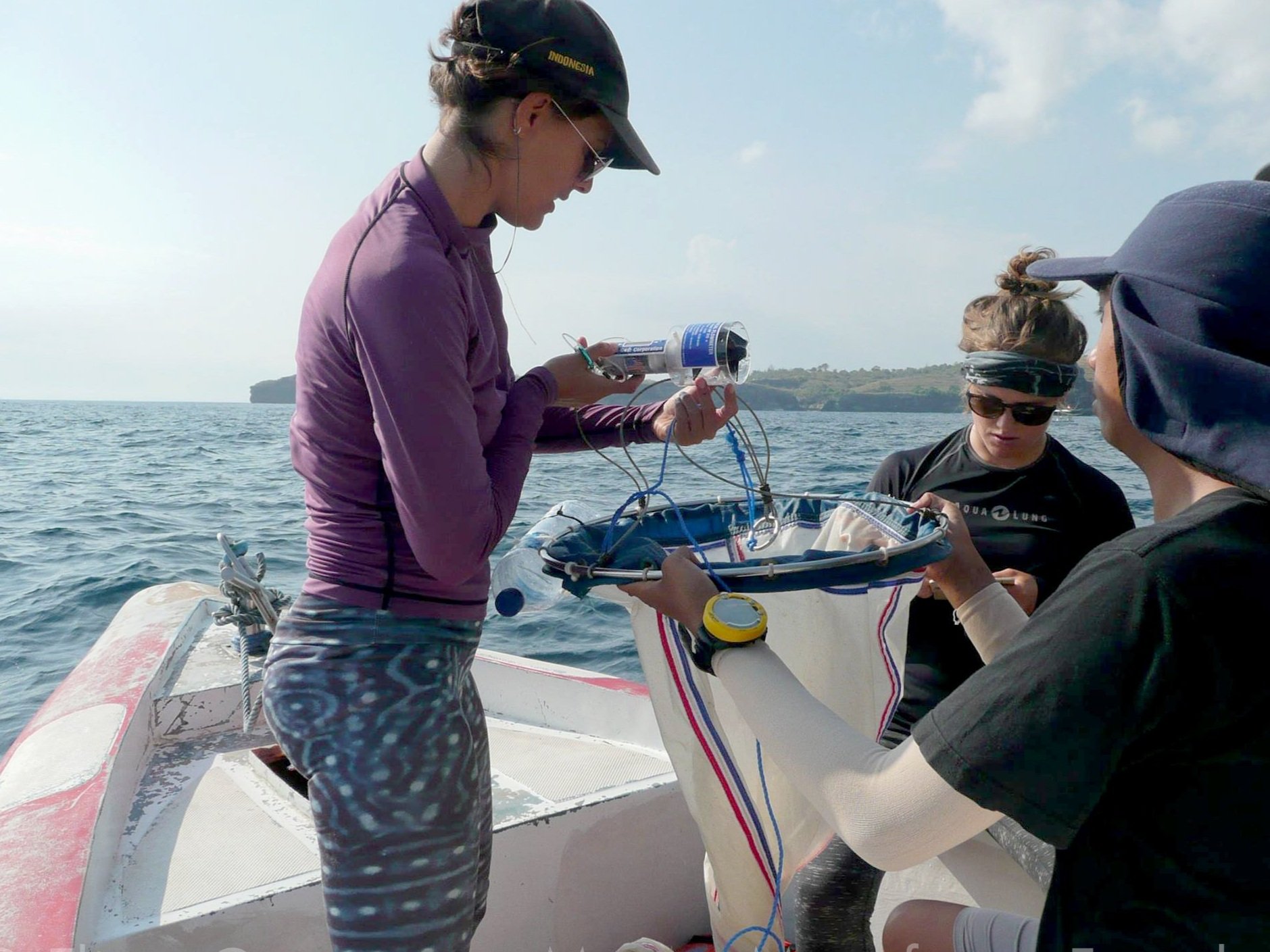
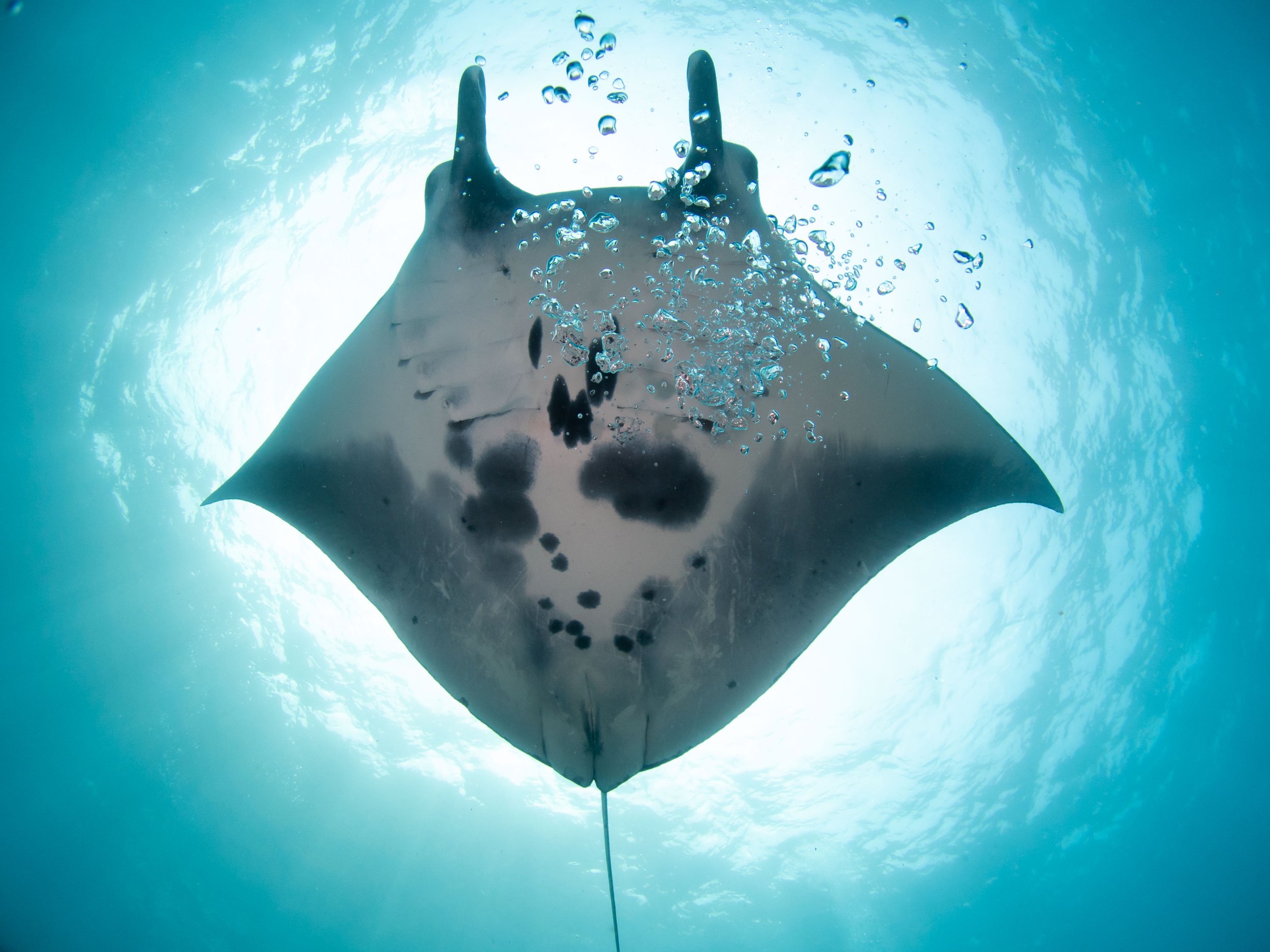
Marine Research in Indonesia’s Marine Conservation Areas
Indonesia has several established marine conservation areas that are critical aggregation sites for megafauna such as manta rays, turtles, sharks, and other threatened species.
The Nusa Penida Marine Protected Area
Recently designated a “Hope Spot,” the NPMPA is located in the far west corner of the Coral Triangle where the Indonesian throughflow meets the Indian ocean. It, is a highly productive area and an important habitat for sunfish populations, thresher sharks, marine turtles, and reef manta rays.
The Komodo National Park
KNP is a UNESCO world heritage site, home to the endemic Komodo dragon that gives the park its name and a major Indonesian manta ray aggregation area.
Sangalaki Island
Sangalaki Island, part of the Derawan Archipelago, is famous for turtle nesting beaches, a stingless jellyfish lake, and off-the-beaten path manta ray encounters.
Raja Ampat
Raja Ampat is a network of several MPAs, a shark and ray sanctuary, and one of the most biodiverse marine ecosystems on Earth.
Threats from fisheries
These conservation areas offer protection to the manta rays and other threatened species that inhabit their waters. However, megafauna often have very large home ranges and undergo long-range moments, meaning parts of their range still leave them vulnerable to threats such as illegal fisheries, bycatch, and accidental entanglement in artisanal fishery lines and nets. Understanding where these movement corridors are likely to occur and where fishing activities are likely to make contact with megafauna can inform additional conservation measures.
Marine plastic pollution
Marine plastic pollution is a ubiquitous and substantial problem in Indonesia’s waters - rated second in the world for producing marine debris. Marine plastic debris is present in marine conservation areas and poses threats to many species, with filter-feeders such as manta rays and whale sharks being especially susceptible to accidentally ingesting microplastics.
Encouraging sustainable tourism
Megafauna watching tourism is on the rise in all of these conservation areas and new best-practices guidelines are much needed. The pandemic-induced pause on large-scale tourism provides a unique opportunity to review tourism practices and put in place improved guidelines.
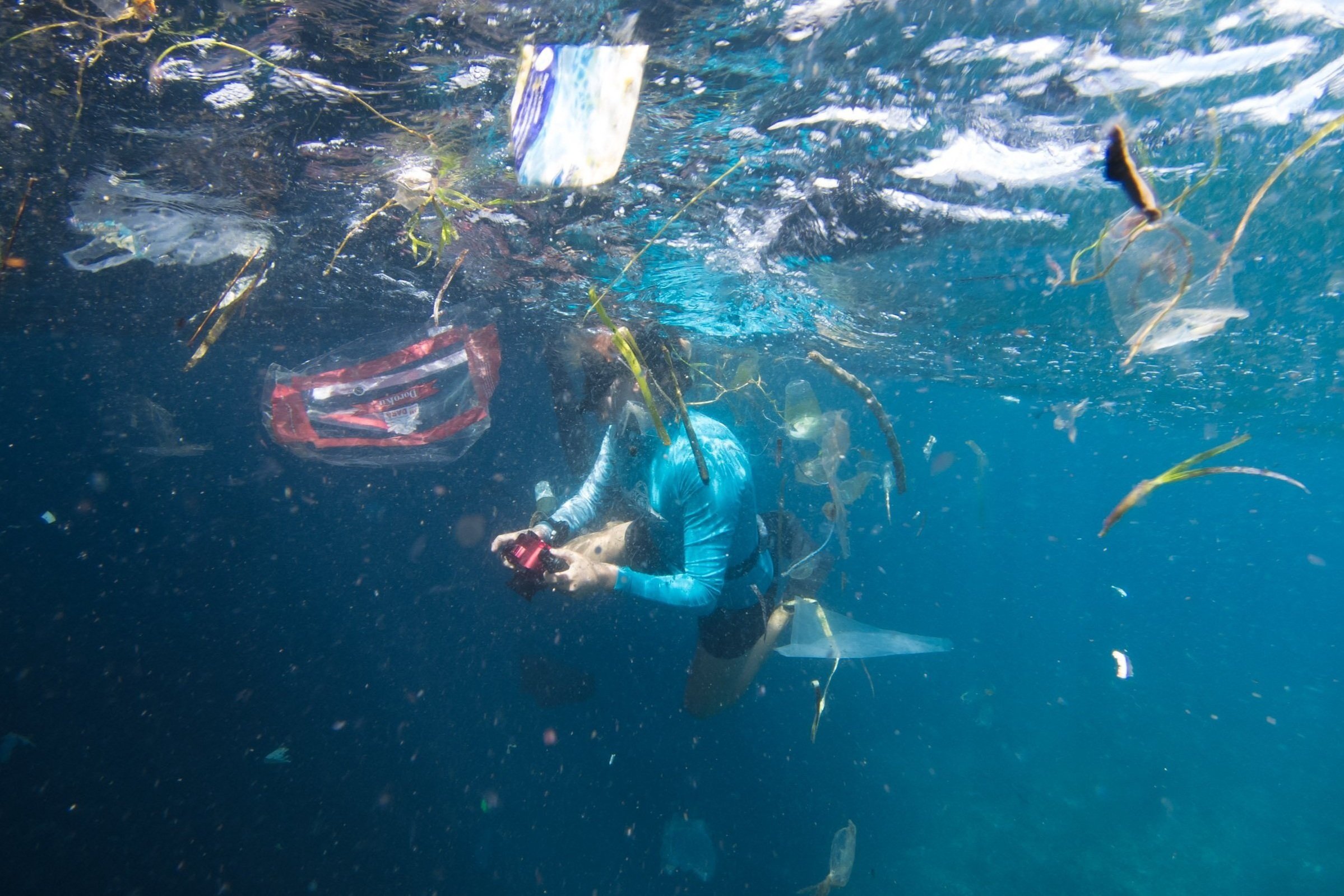

MARINE CONSERVATION.
Current MMF Research Projects in Indonesia
Manta Ray Project
MMF is studying the movement, behavioral and reproductive ecology of manta rays to determine their critical habitats and home range while identifying and mapping anthropogenic threats to inform our conservation efforts. We work with government and management authorities, non-government organizations, and higher learning institutions to identify and mitigate threats, protect areas of core habitat, and implement conservation projects. We engage with the public and scale necessary data collection through citizen science and the global database for rays - MantaMatcher.org.
Microplastics & Megafauna Project
MMF is studying the impacts of marine plastic pollution on manta rays and whale sharks to better understand the risk to these filer-feeders. We have initially chosen to focus our research in Indonesia and the Philippines, two countries within the Coral Triangle, which is home to the richest biodiversity on the planet but is also one of the most polluted by plastic. We hope to leverage the iconic status and high blue economy value of manta rays and whale sharks for both of these countries to facilitate faster uptake in waste mitigation by governments and communities.
Sea Turtle Project
Marine turtles are threatened with extinction. In Indonesia, we are fortunate to encounter both hawksbill and green turtles regularly. Turtles make long journeys from their initial nesting beaches, spending years at sea, visiting reefs and seagrass beds to forage and return to areas where they were born to mate and nest. They face a myriad of threats at all of these key life stages - from egg poaching, entanglement at sea, plastic ingestion, and harvesting. Engaging with SCUBA divers and underwater photographers by way of citizen science and the global database for turtles - Internet of Turtles - we have embarked on cataloging Indonesia’s sea turtles - one sighting at a time. This catalog will assist in identifying critical turtle habitats and locations of heightened threats.
THANKS TO OUR INDONESIAN PROJECT FUNDERS
Indonesia Projects
Idea Wild
Foundation FortUna
MMF Canada
Rufford Foundation
Past Funders
Ocean Park Conservation Foundation
PADI Foundation
Latest Indonesia press releases
Highlighting MMF’s marine research & conservation work across Indonesia.
Selected Media Appearances & Mentions
2019 – Ocean Geographic (Microplastics)
2018 – BBC (Microplastics)
2018 – Forbes (Microplastics)
2018 – SZTV (Microplastics)
2017 – Patterns of the Ocean (Manta ray protection)
2017 – Al Jazeera (Microplastics)
2016 – CBC Radio (Microplastics)
2015 – ABC News (Microplastics)





